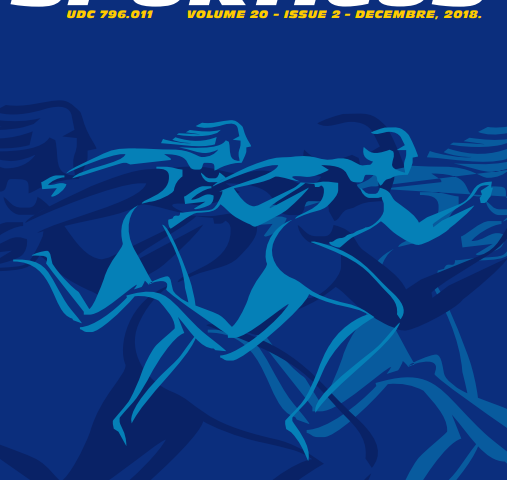Abstract
The problem of the growth of children is very current at a time, so it is extremely important to monitor the morphological and nutritional status of children. This study aimed to determine the differences in morphological and nutritional status of children in different regions in Montenegro. The research included a sample of 40 respondents, fifth-grade children from two primary schools belonging to different regions in Montenegro. Children attending primary school in Budva, Primorska region (n-20, 10,91 ± 0,33 years), and school in Nikšić, Central region (n-20, 10,83 ± 0,27 years). Morphological characteristics were assessed using a battery of four variables: body height, body weight, waist circumference, and hip circumference. Body mass index was calculated, and then the children were classified according to their nutritional status. The significance of differences between children living in different regions was determined by a t-test for independent samples. The nutritional status of children indicates that 14 children (70%) from the coastal region belong to the group of normally fed, while six children (30%) are overfed. When it comes to the situation with children from the central region, the ratio of normally and overfed children is 15 (75%) to five (25%). The obtained results indicate that every fourth child is obese, as well as that children from coastal areas have significantly higher values in the two of five parameters body weight (,007), and higher body mass index (,026) compared to children from the central region.
Key words: anthropometric characterises, BMI, region differences, pupils, Montenegro


